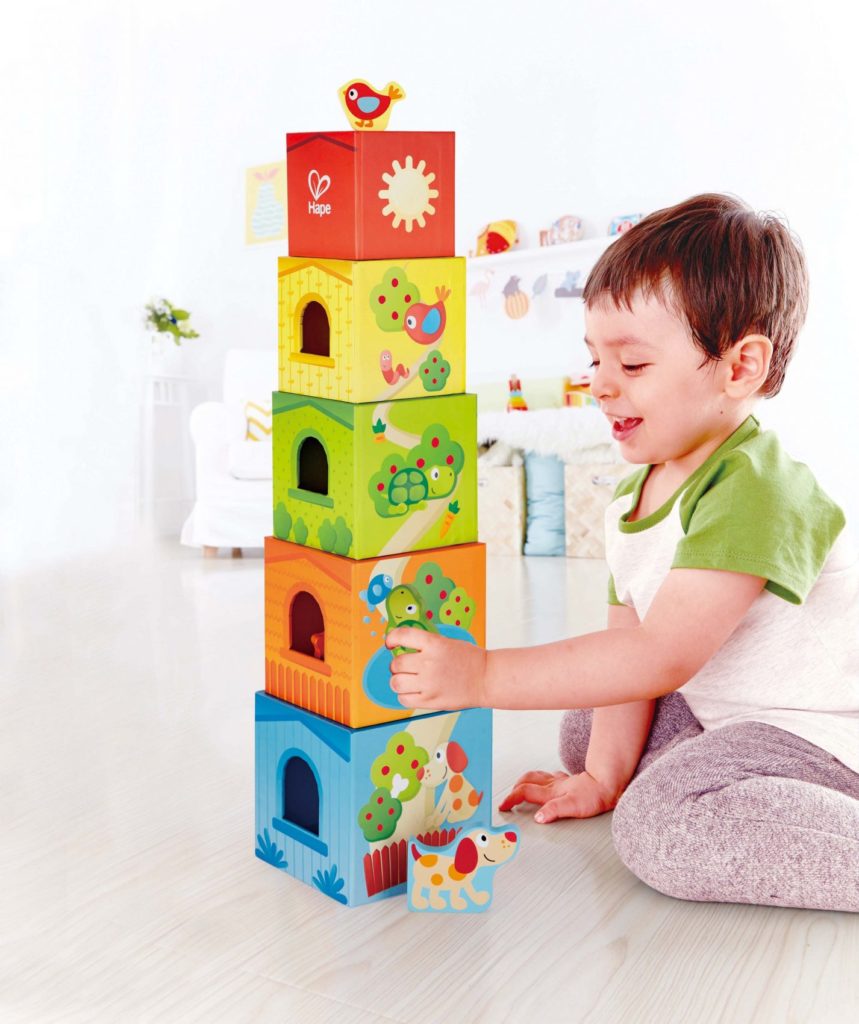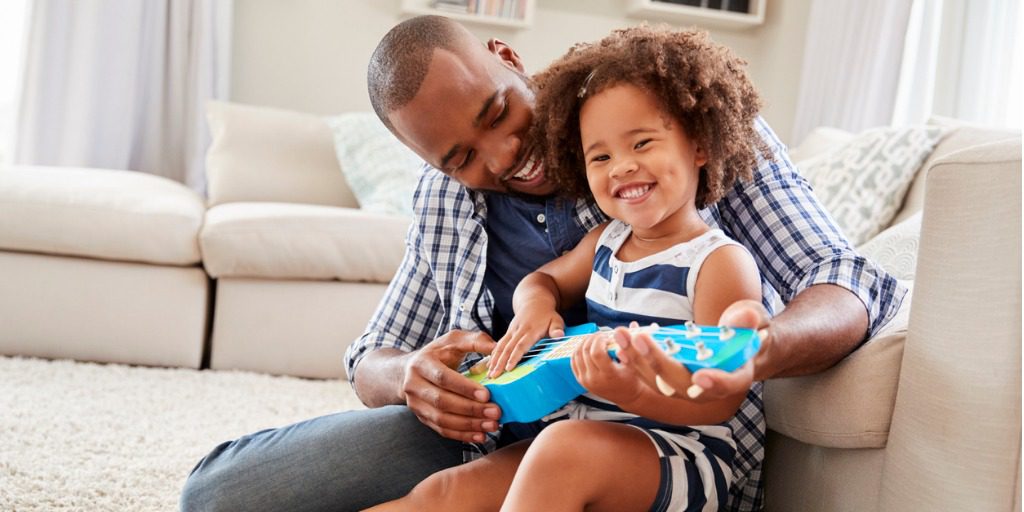There are so many toys out there for kids that makes it super overwhelming to know what’s best for your kids. This can be especially challenging if your child doesn’t talk or speaks very little. To help make that process easier Chrissy Thompson, recently announced the launch of Play, Talk, & Grow, a website that features tutorial videos paired with hand-picked toys. The videos and tutorials are focused on children between the ages of two and six years old who have speech and language delays or whose parents are concerned about their speech development.
Responding to demand from parents seeking to help their children at home, Chrissy has developed video tutorials that empower parents through the act of play with toys. Pulling from 15 years of experience as a Speech Language Pathologist, Chrissy has distilled her method for teaching children how to talk into a simple, easy to understand program featuring high quality makers and non-toxic and environmentally friendly products. Read on to learn more about this exciting new company below:
Interview with Chrissy Thompson of Play, Talk, & Grow

How did the idea of PlayTalk&Grow come about?
I have thought about the idea for PlayTalk&Grow for years. As a speech therapist I love working with parents to help them learn how to create language opportunities at home. They were always asking for more to do or how to help. Within a therapy session, we would go over all the strategies but as a busy parent it was hard for them to remember all the details. I would write them down, but I wanted a way to make it easier and faster for parents to learn the strategies. So PlayTalk&Grow was born from that need. I wanted a place for parents to go to find answers to their questions and to learn real strategies and tools. By giving the parents a video tutorial that they can watch again and again, it provides them with constant access and reinforcement of the key strategies to improve their child’s language. I want parents to feel empowered that they can support their child every day.

What criteria do you look for in the toys that you pick?
I love toys! There are so many great ones out there that it can be overwhelming for parents to know which would be the right one for their child. The key features I look for are: 1. Multiple Pieces – Does the toy/game have several pieces that you can work on requesting and have lots of opportunities to learn new language.
Vocabulary – Will this toy give me the opportunity to teach new vocabulary or expand on known vocabulary? If a child likes animals and knows all the farm animals, I’ll look for a toy with jungle animals or ocean animals. 3. Actions – Does the toy move or make noises? Toys with movement are great for early talkers because it pulls them into the play and wants them to make it happen again and again. That’s another opportunity to build language and requesting skills. 4. Quality – Is this toy/game going to last for a long time? I choose toys that can be played with, carried around, thrown, dropped, you name it, because that’s what children do with toys they love. 5. Imagination – Will this toy expand my child’s imagination? How many ways can they play with it? What are the pieces like? Can they be taken or added to other toys? Toys that grow a child’s imagination and teach them to explore ultimately improve their language and social skills.

What ages do you focus on in your videos?
My videos are divided into two levels of language learners. The first level is “My Child Isn’t Talking Yet.” Typically that is between the ages of 18 months to 3 years, but as we know some children talk later than others. So this video will apply to any parent that has a child that is not talking yet. I follow the same strategies for children that are not talking at any age. When a child isn’t talking, the goal is to teach them the hows and whys to communicate and build their desire to verbalize their needs and wants.
The second level is “My Child has a Few Words.” This level is for children that are beginning to use single words and need help learning to combine words and expand their vocabulary. Typically this may be a child between the ages of 3-6, but as I said before, every child is different so this video would benefit any parent working on building language with their child no matter the age.

Why is play so important (for kids of all ages)?
Children with speech and language delays may already find talking hard. We need to make it easier and fun for them! Playing with a parent is very motivating and fun for a child! Parents have many more opportunities to interact with their children in meaningful ways than a therapist does. Children learn best in a natural environment and unstructured play encourages that language growth.
Play builds the feelings and knowledge of self and our sense of being. It is through having a better sense of yourself and being present, that you can use all the tools your language provides you.
Through play, you can work on saying sounds, vocabulary, language concepts, following directions, expressing ideas, social skills like turn taking, waiting, and eye contact. To keep this simple for busy parents, I recommend playing one on one with your child for 20 minutes a day. In those 20 minutes, follow your child’s lead and narrate their actions and your own actions. This means that you will talk about what you see your child doing as well as what you are doing, like, “Mommy is building a tower.” This will help your child begin to understand how actions have meaning and begin to associate the vocabulary with their play.
Anything else to add?
Play, play, play! We have such busy lives – I’m a busy mom too – but we have to take a little time each day to stop and have fun with our children. They soak it up! When children don’t talk back to you it doesn’t mean that they aren’t listening. You talking out loud and telling them about all the things you have done today, what you are going to do, what you see, and what they see will help your child learn language and attempt to communicate with you in their own way. Look for a gesture, a reach, a single sound or word – they are trying and we need to be ready to listen.
PlayTalkandGrow.com is now live with active video tutorials and toys for purchase. Shipping is limited to within the United States for now but videos are available worldwide. Consulting via video and phone is also available through the website should a parent wish to receive additional advice from Chrissy.

